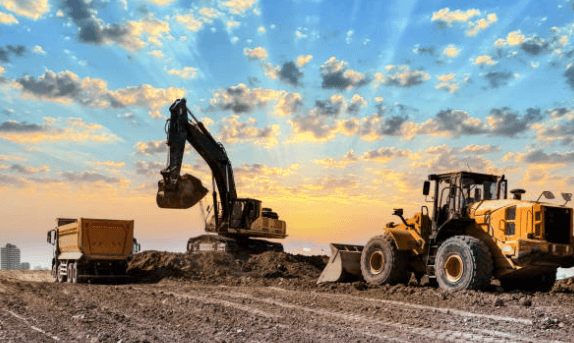Land Development in Brisbane: Balancing Growth with Environmental Conservation

Land development in Brisbane, Australia, represents a challenging juxtaposition between fostering urban growth and preserving its rich ecological diversity. The city’s burgeoning population and economic expansion necessitate strategic land development initiatives. However, this progress must harmonize with the imperative of environmental conservation. Achieving this delicate balance demands the expertise of land development professionals who possess a nuanced understanding of both urban planning and environmental sustainability.
The Context of Brisbane’s Growth and Conservation
Brisbane stands as a hub of economic activity and cultural diversity, attracting residents and businesses alike. The city’s evolution requires continuous expansion, necessitating the development of new infrastructure, residential areas, and commercial spaces. Yet, this expansion must not come at the expense of Brisbane’s unique natural heritage, which includes diverse ecosystems, green spaces, and wildlife.
The Role of Land Development Experts
1.Comprehensive Planning: Land development experts play a crucial role in designing comprehensive development plans. They consider factors such as population growth projections, infrastructure requirements, and environmental impact assessments. By examining these elements, they create strategies that optimise land use while minimising ecological disruption.
2. Sustainable Development Practices: These professionals advocate for and implement sustainable development practices. This involves incorporating green building designs, promoting renewable energy use, and adopting water-efficient landscaping. By integrating these practices, they mitigate environmental degradation while fostering growth.
3. Ecological Assessments and Mitigation Strategies: Land development experts conduct thorough environmental assessments to identify sensitive areas and potential impacts. They then devise mitigation strategies to minimize harm. This could involve preserving critical habitats, implementing biodiversity offsets, or employing innovative construction methods to reduce ecological disturbance.
4. Community Engagement: They facilitate community engagement and consultation processes. Engaging stakeholders, including residents, businesses, and environmental groups, ensure that development plans consider diverse perspectives and address community concerns. This collaborative approach fosters buy-in and creates more inclusive and sustainable outcomes.
5. Policy Advocacy and Compliance: These professionals stay abreast of evolving environmental regulations and policies. They advocate for environmentally conscious policies and ensure that development projects comply with existing laws. By aligning with regulatory frameworks, they uphold environmental standards while navigating the complexities of land development.
Balancing Growth and Conservation
The symbiotic relationship between growth and conservation is achievable through innovative approaches and informed decision-making:
- Transit-Oriented Development: Encouraging development around public transit hubs reduces urban sprawl, preserves green spaces, and minimizes reliance on cars. This approach promotes accessibility while curbing environmental impact.
2. Mixed-Use Development: Integrating residential, commercial, and recreational spaces within neighborhoods fosters a sense of community and reduces the need for extensive travel. This consolidation maximizes land use efficiency while minimizing environmental disruption.
3. Green Infrastructure: Implementing green infrastructure, such as green roofs, permeable pavements, and urban forests, mitigates the urban heat island effect, improves air quality, and enhances biodiversity within the city.
4. Adaptive Reuse and Brownfield Redevelopment: Repurposing underutilized or abandoned sites (brownfields) for new developments reduces the pressure on pristine lands. This approach revitalizes areas while minimising the ecological footprint of new construction.
5. Ecosystem-Based Planning: Embracing an ecosystem-based planning approach ensures that development considers the interconnectedness of natural systems. This method prioritizes preserving biodiversity, water resources, and native habitats.
Read also Epoxy Concrete Flooring: Transforming Melbourne Workspaces with Style and Functionality
Challenges and Future Outlook
The integration of growth and conservation in land development encounters various challenges. Conflicting interests, limited resources, economic pressures, and rapid urbanization pose significant hurdles. Striking a balance requires ongoing collaboration, innovation, and adaptive strategies.
Looking ahead, leveraging technological advancements, promoting green technologies, and fostering a culture of environmental stewardship will be pivotal. Embracing data-driven decision-making and predictive modeling can enhance the efficiency of development projects while minimizing their ecological impact.
Conclusion
The pursuit of balanced land development in Brisbane necessitates a holistic approach that integrates economic progress with environmental conservation. Land development experts serve as pivotal guides in navigating this delicate equilibrium. By championing sustainability, engaging communities, advocating for policy reforms, and adopting innovative strategies, these professionals can ensure that Brisbane’s growth unfolds harmoniously alongside the preservation of its natural heritage. Their expertise lies not only in shaping physical landscapes but also in cultivating a sustainable legacy for future generations to cherish.




